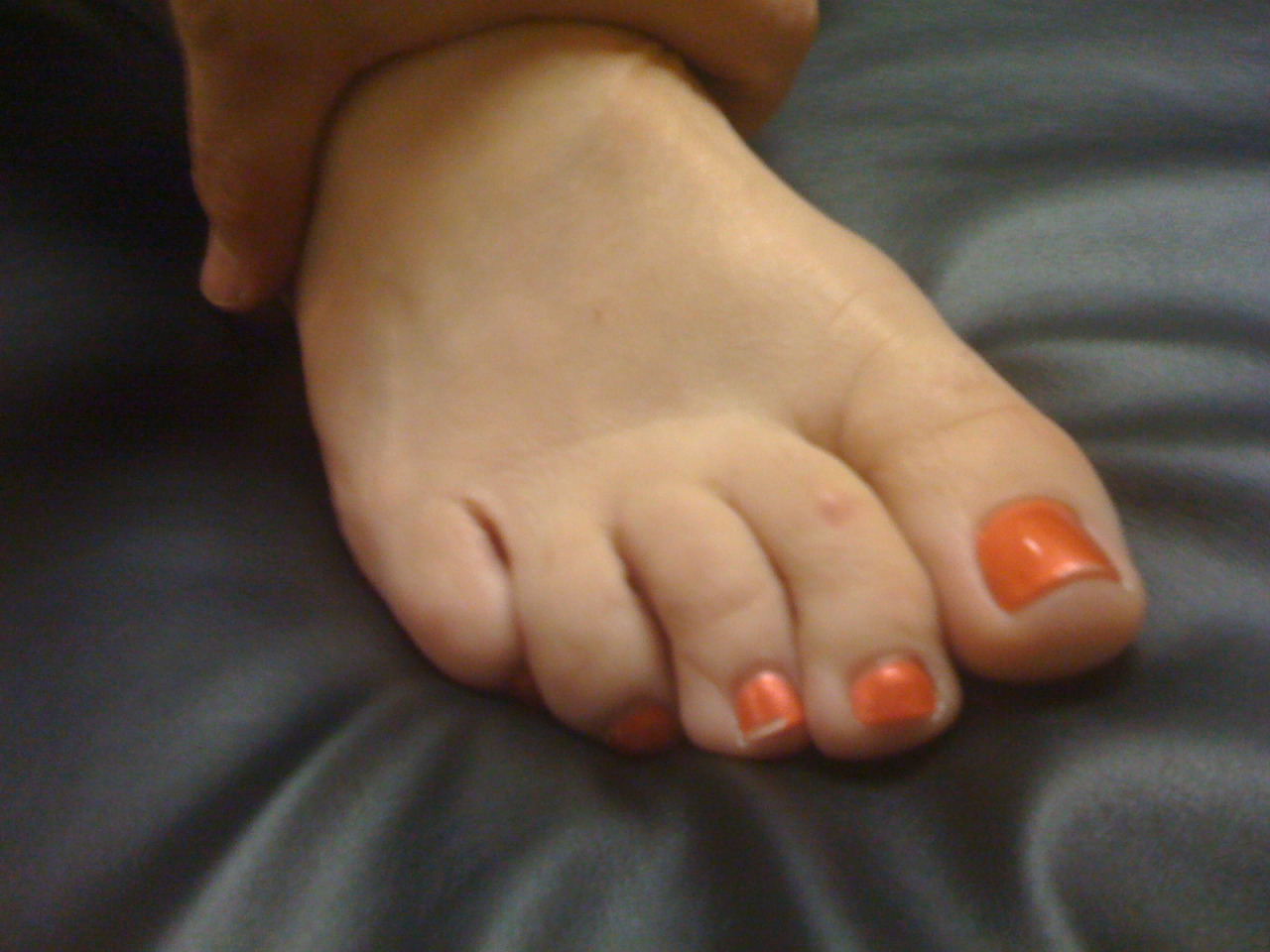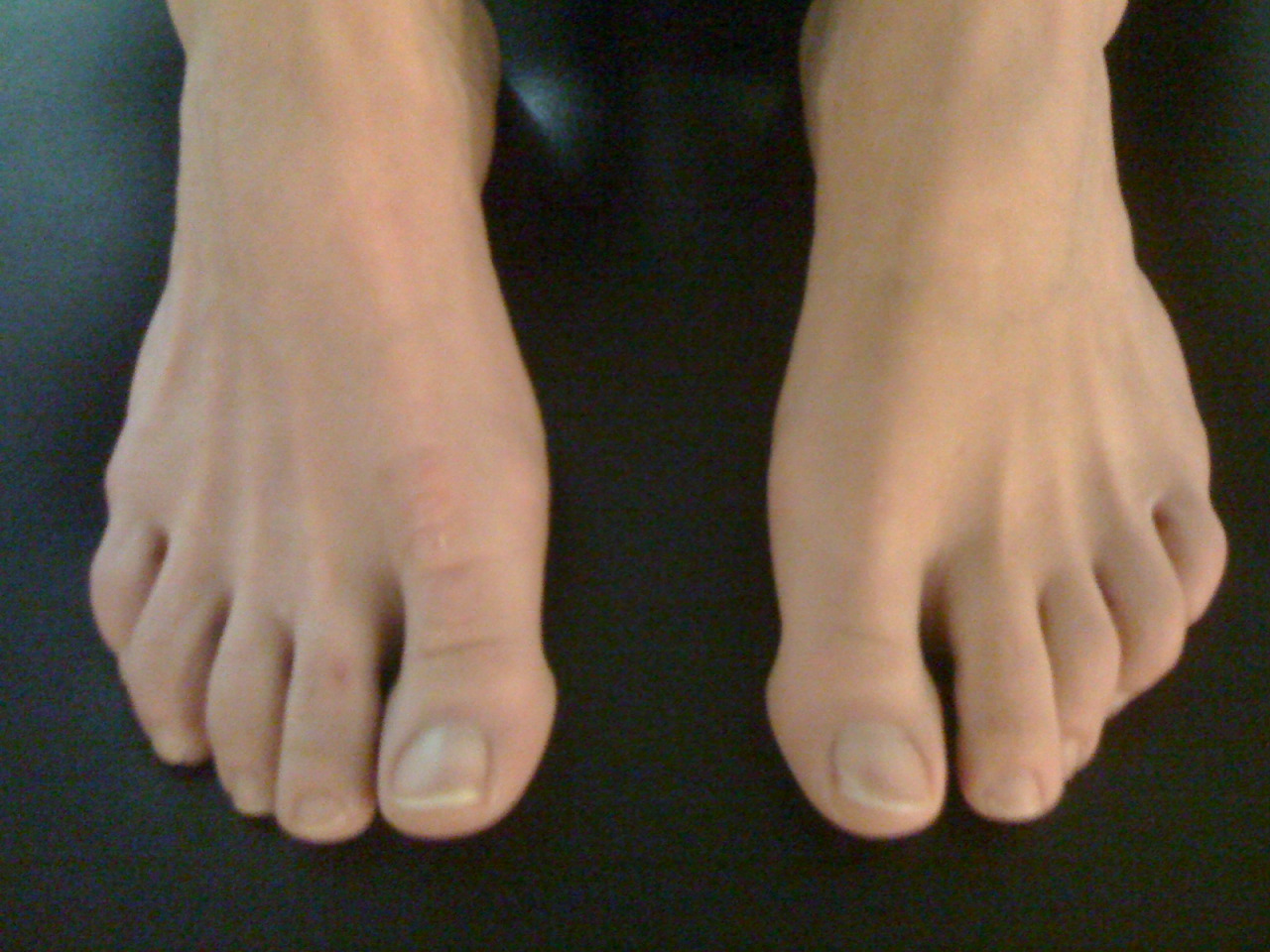Gait Ataxia, Foot Strength & Glute medius tears
/
Links to find the podcast:
Look for us on Apple Podcasts, Google Play, Podbean, PlayerFM, RADIO and more.
Just Google "the gait guys podcast".
Our Websites:
www.thegaitguys.com
Find Exclusive content at: https://www.patreon.com/thegaitguys
doctorallen.co
summitchiroandrehab.com
shawnallen.net
Our website is all you need to remember. Everything you want, need and wish for is right there on the site.
Interested in our stuff ? Want to buy some of our lectures or our National Shoe Fit program? Click here (thegaitguys.com or thegaitguys.tumblr.com) and you will come to our websites. In the tabs, you will find tabs for STORE, SEMINARS, BOOK etc. We also lecture every 3rd Wednesday of the month on onlineCE.com. We have an extensive catalogued library of our courses there, you can take them any time for a nominal fee (~$20).
Our podcast is on iTunes and just about every other podcast harbor site, just google "the gait guys podcast", you will find us.
Where to find us, the podcast Links:
Apple podcasts:
https://itunes.apple.com/us/podcast/the-gait-guys-podcast/id559864138?mt=2
Google Play:
https://play.google.com/music/m/Icdfyphojzy3drj2tsxaxuadiue?t=The_Gait_Guys_Podcast
Links to today's show:
http://traffic.libsyn.com/thegaitguys/pod_Feb_7_2020_-_22920_8.26_AM.mp3
http://thegaitguys.libsyn.com/gat-ataxia-foot-strength-glute-medius-tears
http://directory.libsyn.com/episode/index/id/13350479
SPG7 mutations are a common cause of undiagnosed ataxia
https://www.ncbi.nlm.nih.gov/pmc/articles/PMC4371411/
Effects of a foot strengthening program on foot muscle morphology and running mechanics: A proof-of-concept, single-blind randomized controlled trial. Ulisses T.Taddei, Alessandra B.Matias, Fernanda I.A.Ribeiro, Sicco A.Bus, Isabel C.N.Sacco. Physical Therapy in Sport
Volume 42, March 2020, Pages 107-115
https://www.sciencedirect.com/science/article/abs/pii/S1466853X19304687
Effect of an 8 week foot intrinsics muscle strength program:
Jill Cook (@ProfJillCook)
11/10/19, 12:14 AM
@BRoe28 @Bill_Vicenzino @MuscleScience @jongumucio New study by Docking et al shows both US and MR cannot pick a partial tear from tendon pathology (glut med tendon)
Partial tears over-diagnosed and over-treated
Treat as tendinopathy and LOAD them
Paul Hough (@the_hough)
10/29/19, 12:45 PM
⬆️ in muscle force after 4 weeks of strength training is mediated by neural adaptations (motor unit recruitment & rate coding)
https://physoc.onlinelibrary.wiley.com/doi/abs/10.1113/JP277250
The increase in muscle forceafter 4 weeks of strength training is mediated by adaptations in motor unit recruitment and rate coding.Journal of physiology, Feb 2019
Alessandro Del Vecchio, Andrea Casolo, Francesco Negro, Matteo Scorcelletti et al
The role of the width of the forefoot in the development of Morton's neuroma
Park Y, Jeong S, Choi G , Kim H
Bone and Joint Journal-3-99B (2017)




















